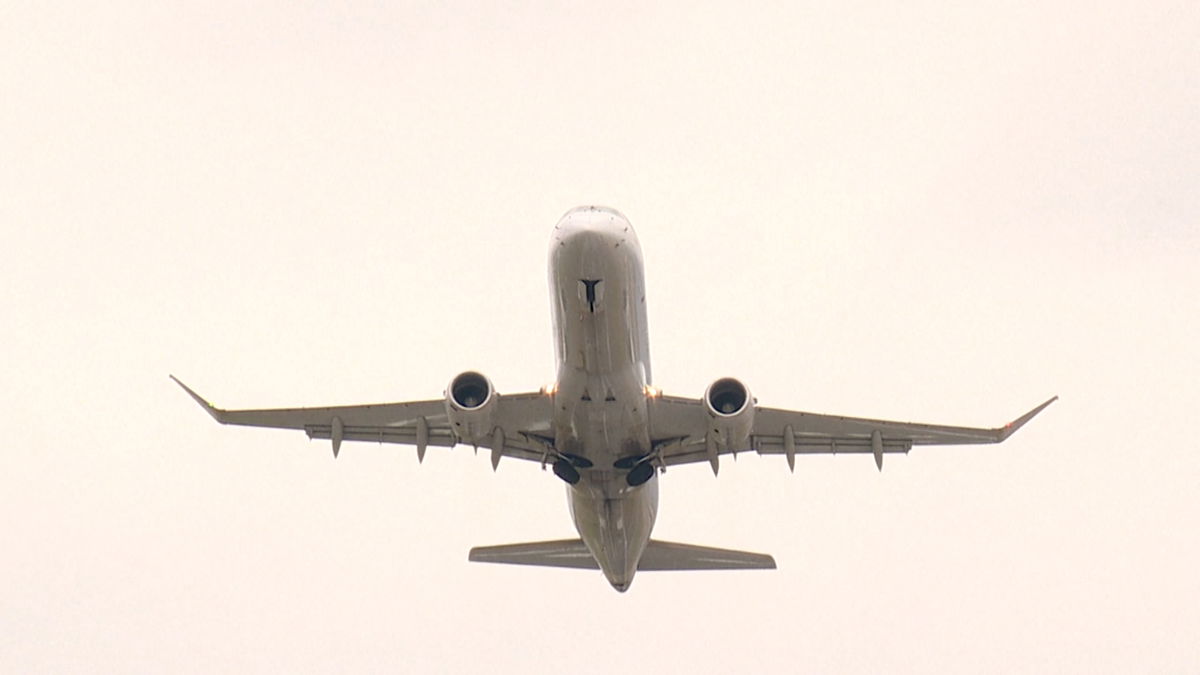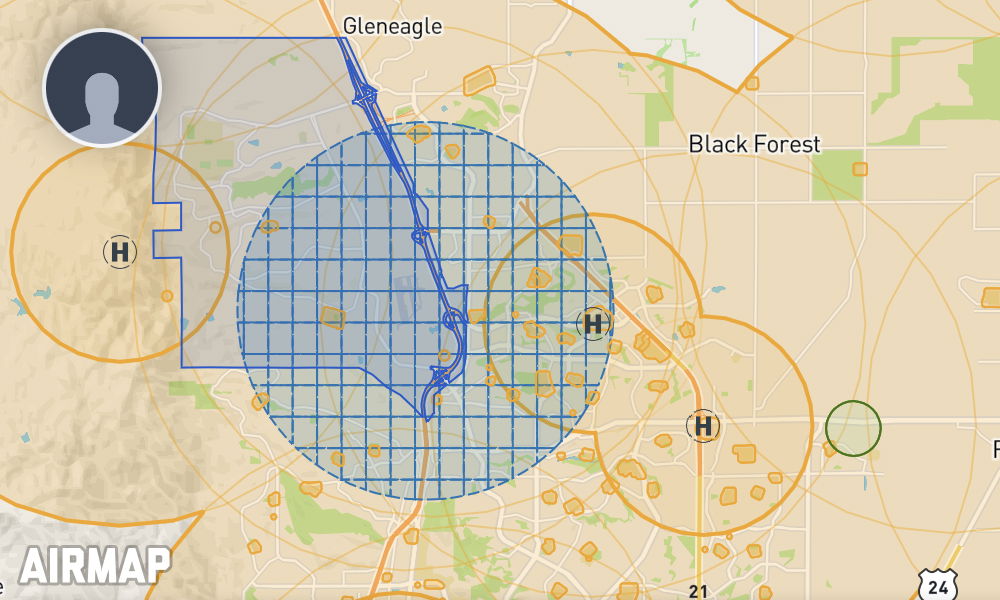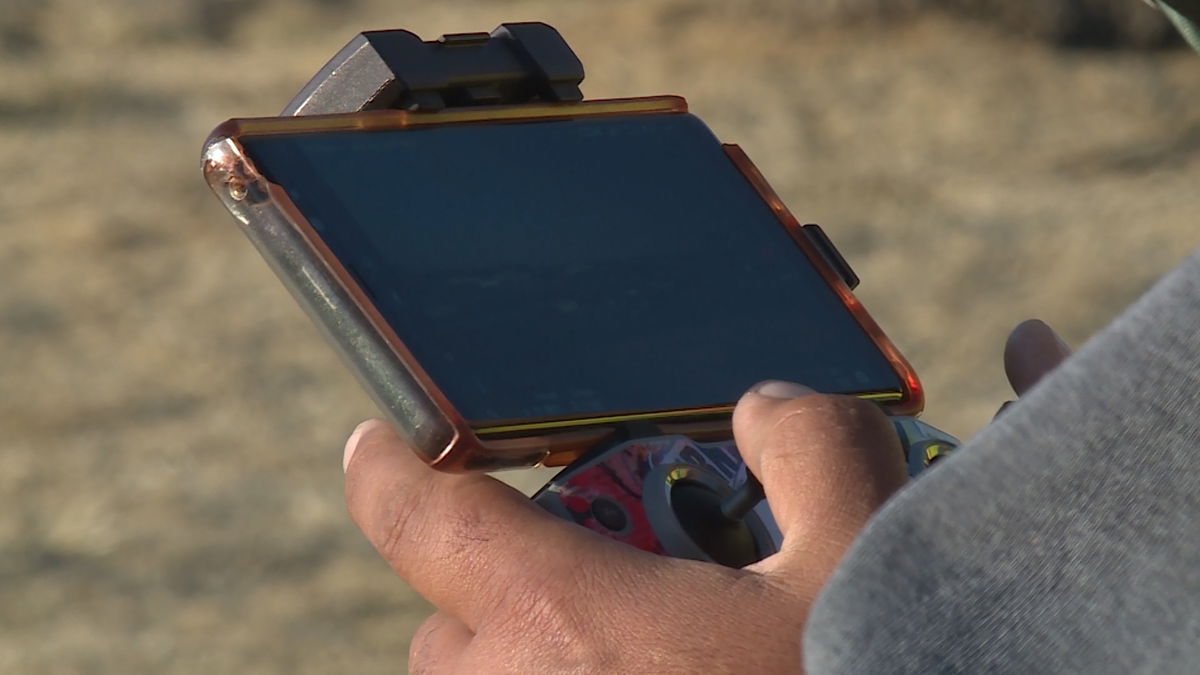FAA records detail drone sightings by Colorado pilots
COLORADO SPRINGS, Colo. (KRDO) -- When flying a drone, or Unmanned Aircraft System (UAS), there are three general rules above all else that need to be followed at all times:
- Keep it under 400 feet
- Keep it within visual line of sight
- Know where you are flying to avoid interfering with airport or military operations
However, FAA records show those rules are frequently broken in Colorado.
One recent incident involved a very familiar group in Colorado Springs.
In September of 2021, the pilots aboard the parachuting plane at the United States Air Force Academy notified the control tower they had spotted a drone flying around 3000 feet above the ground while returning to the airfield, far above the maximum height allowed.

This incident was one of the dozens of entries in FAA databases of drone sightings from 2019 to 2021 across the state.
Over that period, there were:
- 129 sightings in the Denver area
- 16 in the Colorado Springs area
- 10 in other areas across the state.
Among those sightings is a case in October of 2019 involving a man who wanted to use a drone to take pictures of the statue known as "Blucifer," which is barely half a mile from the nearest runway at Denver International Airport (DIA).
According to FAA records, the FBI showed up and confiscated his drone. The FBI declined to release further details about the case.
In June of 2021, another drone flying over a helipad in Grand Junction forced all firefighting aircraft to avoid the area until it was gone.
While the drone operator was identified, the FAA had no additional details on why the person was flying there or whether they faced any punishment.
In November of 2021 near DIA, a pilot of a passenger jet reported a drone just 200 feet below it while flying roughly 6,000 feet above the ground.

That drone operator was never found.
However, not every illegal drone flight is documented in the FAA sightings databases.
A KRDO viewer recently wanted to share a video he captured of the COVID-19 testing line at Chapel Hills Mall in north Colorado Springs.
However, that flight was completely illegal because it was less than two miles from the Academy's airfield.

Leo Lujan is a recreational drone pilot who enjoys taking aerial photos and videos.
He's careful to always inspect his equipment and verify on his phone where he's allowed to fly but admits many pilots blatantly disregard the rules and often post the videos of their stunts online.
Lujan explained that some drones don't have built-in altitude or airspace limits, which allow operators to more easily break the rules.

"You get yourself a Holy Stone drone, looks just like a DJI, like the Mini 2 or the Mini 1, but that thing will go straight through an airport, and it has a camera on it, but there are no restrictions on it," he says.
The most popular drones nowadays weigh between half a pound and three pounds, and many people question how much damage they could really do to an aircraft.
The University of Dayton Research Institute sought to answer that question by using an air cannon to simulate a popular model striking an aircraft wing at a high speed.
The video shows that instead of shattering on impact, the drone penetrated deep into the wing before coming apart.
Lt. Col. Jacob Stevens is the flight safety officer for the 98th Flight Training Squadron at the Air Force Academy.
After viewing the video, he confirmed depending on certain factors, the type of damage depicted in the simulation could indeed cause an aircraft to crash.
As of today, though, a drone has yet to bring down a manned aircraft, according to Kevin Morris, the FAA's drone specialist.
"That's something that we work every day to try and prevent," he said.
Morris explained that whether someone is flying for work or just for fun, they must go online to register their drone, and also pass a basic safety test online known as TRUST.

The only exception to the registration rule is if the total weight of the UAS is .55 pounds or less and is flown within the Exception for Recreational Flyers rule.
Morris hopes people understand that when they buy a drone, they are buying an aircraft and there is a significant responsibility on the part of the operator.
"Drones and traditional aircraft are going to share the same airspace. They're doing it now," he says. "As drones become more capable, as they evolve, they're going to share more of that airspace and at higher altitudes. It's where aviation is going, and our goal at the FAA is to make sure that those drones share that airspace safely."
Below is an extended interview with Morris:
It's unlikely that drone pilots will exercise the same level of safety as those involved in manned aircraft operations, but Stevens hopes they at least take a few minutes to ensure their flight doesn't lead to catastrophic damage to another flight and potentially lives lost.
Most pilots involved in the dozens of incidents listed in the FAA database were never located, but new technology is coming that will allow the FAA to better identify who is flying a UAS.
When it takes effect, UAS Remote Identification will allow the FAA, law enforcement, and other agencies to determine the location and identity of a drone operating without permission in an area off-limits.
However, the technology is still being ironed out by drone manufacturers.
The FAA has required manufacturers to include Remote ID on all models sold by September of 2022, and all drones will have to include the technology by September of 2023.
Older drones will have to add the technology retroactively.
If you're caught flying in the wrong area or without your safety test certificate, an operator can be fined anywhere from a few thousand dollars to hundreds of thousands of dollars, although Morris is quick to say that the FAA always prefers to educate drone owners rather than issue fines whenever possible.
